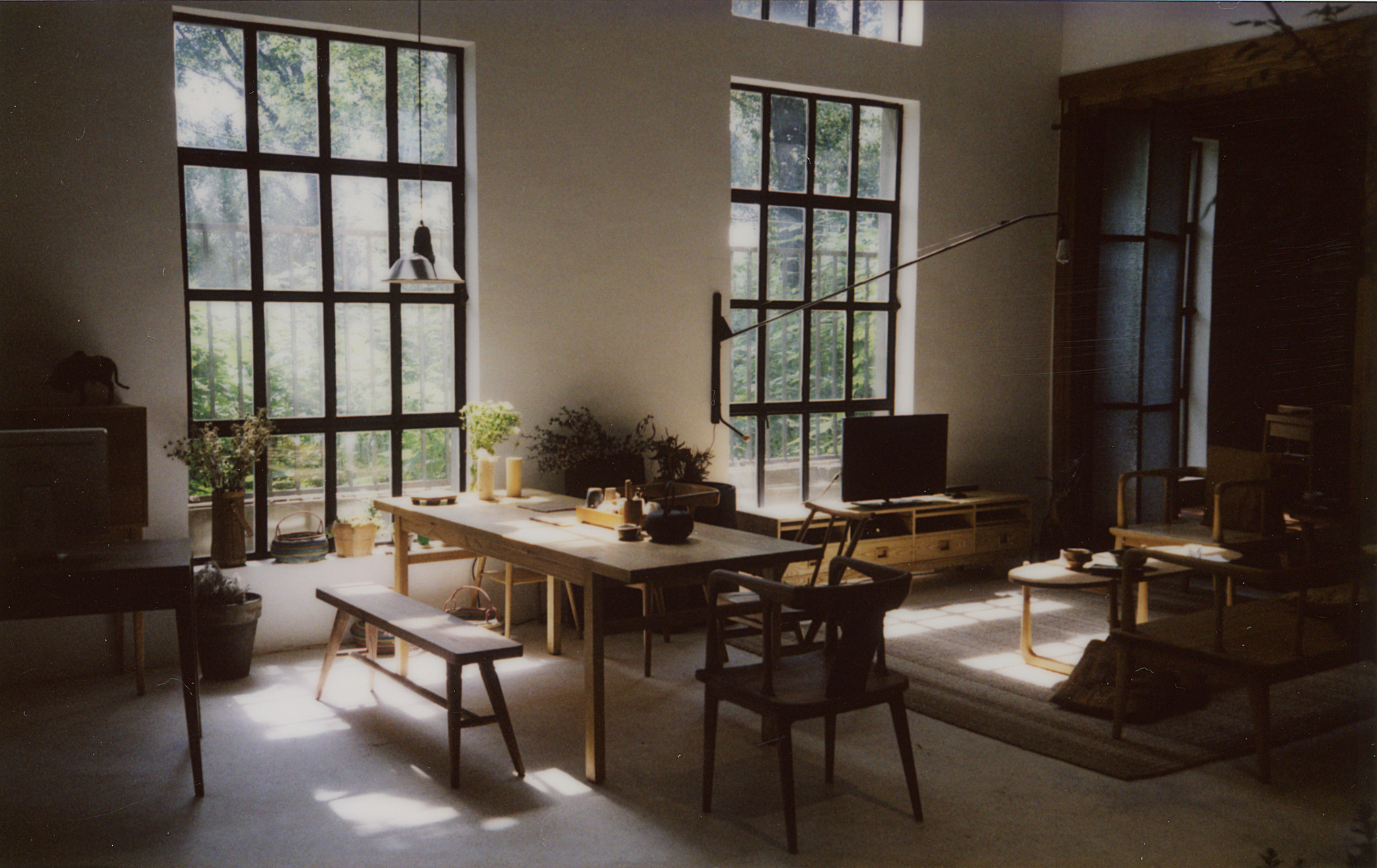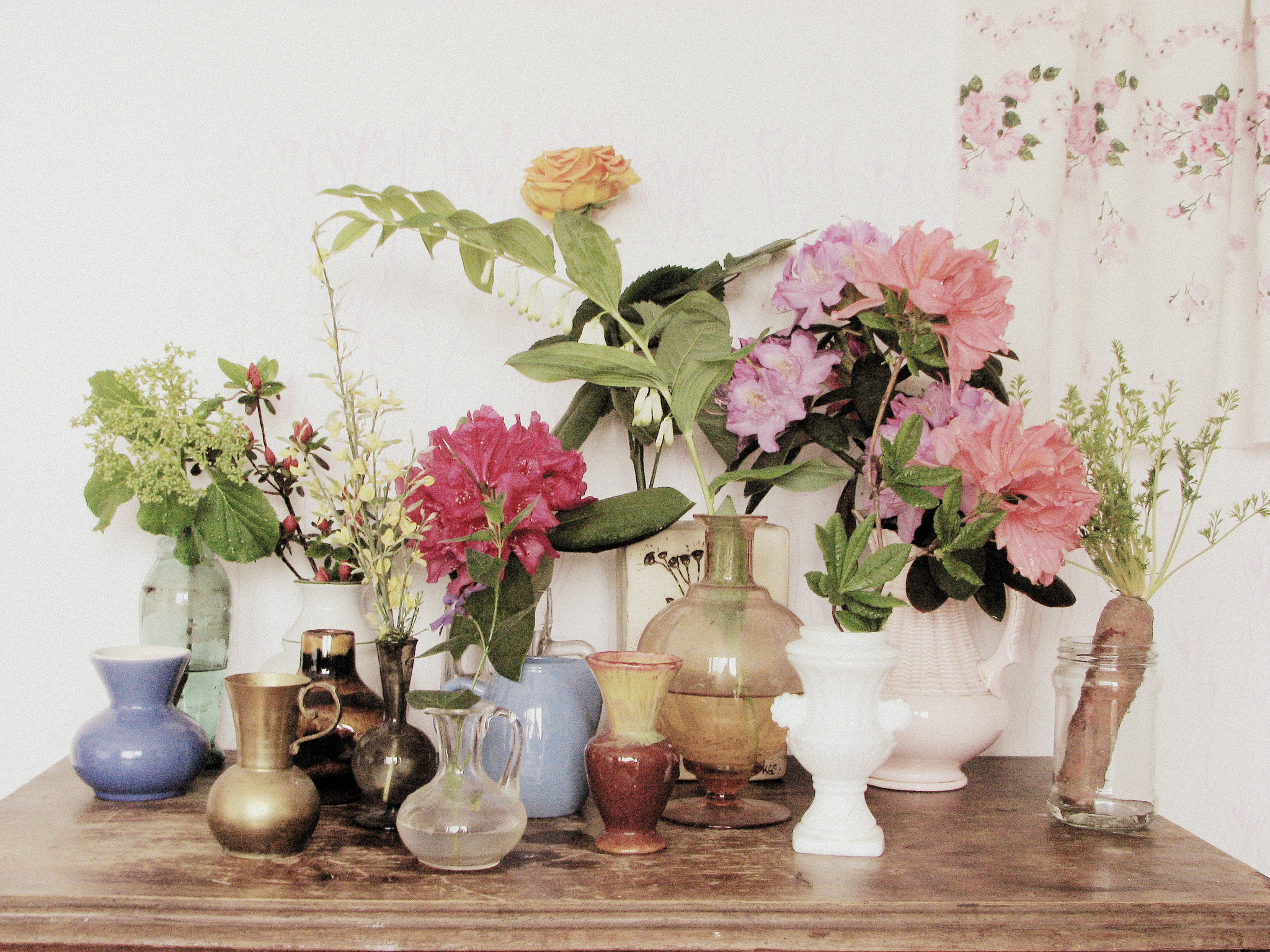
Playing Home: How Flatpack Furniture is Changing China
Families sit around dining tables eating out of take-away boxes; a suited businessman taps away at his laptop and rests his feet on a coffee table; an exhausted young mother lies sleeping, tucked into a duvet. Snapshots of everyday Beijing residents getting on with their lives. Except these people are not at home. They’re in Ikea.
In what was then the single largest outlet in the world, people acted out their lives in the uniform, boxed-in compartments of Ikea showrooms. ‘Try before you buy’ took on a whole new meaning as teenage boys self-consciously styled their hair in a mirror, whilst across the aisle toddlers scribbled on a blackboard in a children’s bedroom. Ikea’s concept of selling an entire home, rather than individual products, is perhaps the best-timed commercial innovation of the twentieth century.
The Chinese character 中 zhong for China depicts a vertical line piercing the world and directly translates as the middle country. Originating from 1046 AD, for almost a millennia the Chinese have seen themselves as centre of the world. Why then has this urban middle-class love affair with a foreign manufacturer become so intense?
The answer lies in China’s unprecedented campaign for mass urban migration and essential anxiety over the quality of Chinese produce. As China launched its campaign for urban migration, the first decade of the 21st century saw the share of people living in large cities grow from 36% to nearly 50%. Between 2007 and 2010, three cities reached ‘megacity’ status, with a population of over ten million.
The megablock, built to house these millions, has become the centerpiece of Chinese urban development. Where once 200 people lived in single storey courtyard homes or siheyuan in Beijing’s famous hutongs, the city’s system of narrow alleyways, now 10,000 homes are neatly stacked on top of one another in colossal, homogeneous megablocks. Ikea’s showroom compartments fit precisely into every room of the megablock model.
The Chinese authorities have promised to build 35 million apartments in Beijing over the next five years: at least 60,000 rooms are being built each day, ready to be furnished by the one-stop, gear-up phenomenon of Ikea.
More significant than the physical destruction of hutongs, which date back to the eleventh century Zhou dynasty, is the cultural impact of what replaces them. The megablock demands an entirely different kind of consumption.
Hutongs retain strong elements of the communal style of living enforced during the Mao era: they create communities by forcing social interaction. Each siheyuan tends to be multi-generational and shared by more than one family. While most homes have acquired plasma TVs and refrigerators, the majority of people still share communal single-sex toilets and showers. This creates a sense of commonality, only strengthened by the fact that there are often no cubicles.
By contrast, megablocks are essentially isolating constructions. The artist and photojournalist Matthew Niederhauser has been documenting sweeping urban change in Beijing for ten years. He observes that megablocks “reshape the manner in which people live and consume by encouraging social atomization in Western-style apartments”. This is at the heart of Ikea’s success.
Not only does Ikea sell a complete lifestyle to the nouveau riche of China, it also allows customers to become familiar with an otherwise fundamentally unfamiliar vision of the home. In one single package, Ikea provides you with bed, duvet, alarm clock, shower curtain, cereal bowls, as well as chopsticks, knives and forks – all at reassuringly high, Western prices. Benjamin Bacon, a professor at Parsons and founder of product design laboratory RAWR! in Beijing, identifies a Chinese “national self-doubt” regarding their own produce, neatly surmising the country’s acute anxiety at their low price, low quality manufacture.
With the advantage of cut-rate labour and minimal regulation, Deng Xiaopeng’s opening up of China to foreign export in the 1960s fed foreign demand for cheap merchandise at the expense of developing well-crafted, quality controlled goods. In China, Western brands are not only status symbols. Their high price has become synonymous with coveted reliable quality.
But the fundamental key to Ikea’s success is simple: it allows customers to play home. The megablock dweller can induct themselves into the alien experience of compartmentalised living, with its novel private spaces and en suite bathrooms. It is hard to say whether the success of the flatpack furniture giant is the result of fortuitous accident (a worn-out child deciding to nap in one of showroom beds) or alternatively, of commercial brilliance and uncanny consumer insight. What is clear is that the megablock demands new forms of consumer behaviour and drastically different kinds of social interaction.
The once familiar scenes of older men and women crouched in hutongs playing mahjong, a traditional board game, and housewives selling baos, cheap steamed buns, to neighbours and workmen, are being systematically eradicated. Hutong life, where neighbours constantly spill into and out of one another’s homes, is being replaced by a different way of living, embodied in the silent nod of acknowledgement given to a neighbour in a lift.
Unsurprisingly perhaps, as China has shifted to a capitalist free-market economy, its current urban development campaign typifies a wholesale reversal of Mao’s land reforms. Where once central government exiled landowners, redistributed holdings to peasants and forced collectivization, now mass city migration necessitates segregated, private living.
And with over half of the 440 cities estimated to be built by 2025 situated in China, this transformation is happening on an internationally unprecedented scale. As one resident of a soon to be demolished hutong informs ISIS: “They can rip it all up, I don’t care. As long as I get my compensation.”







